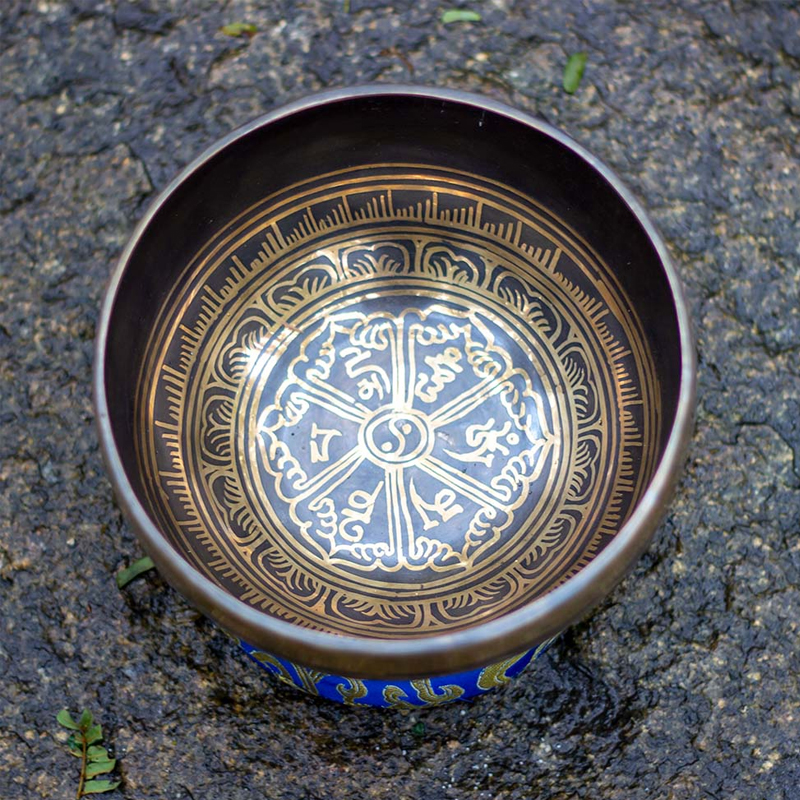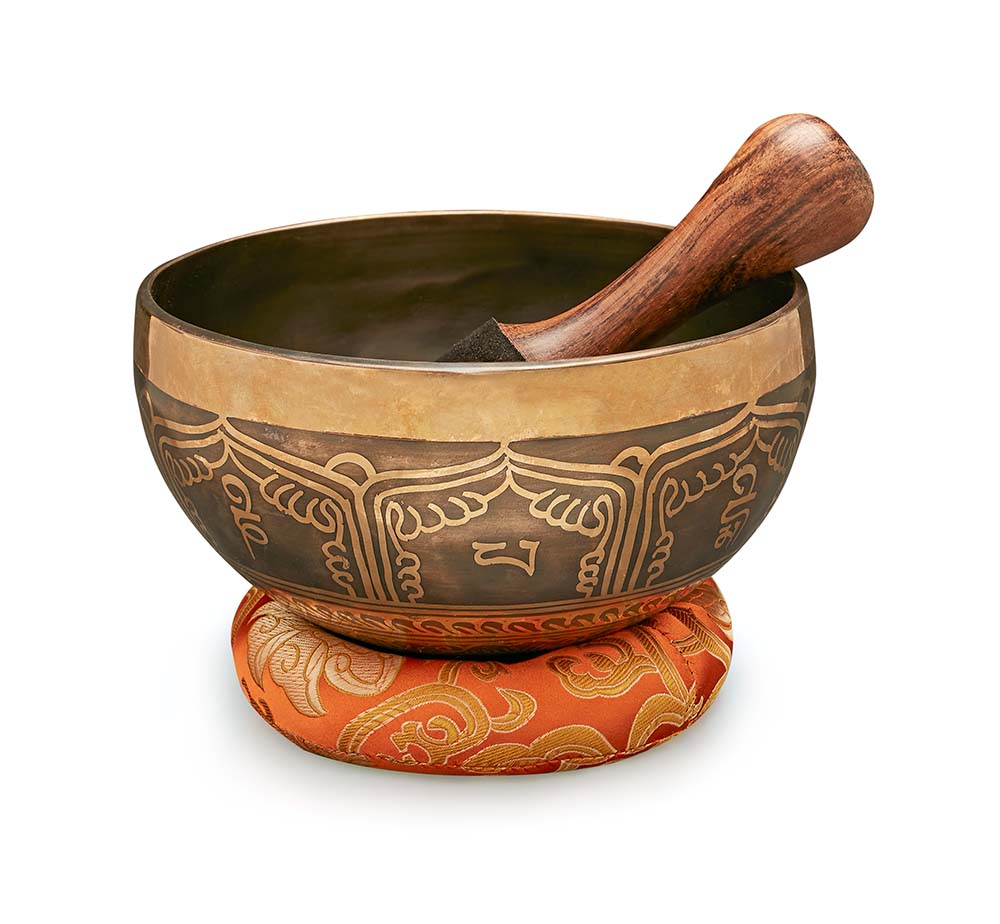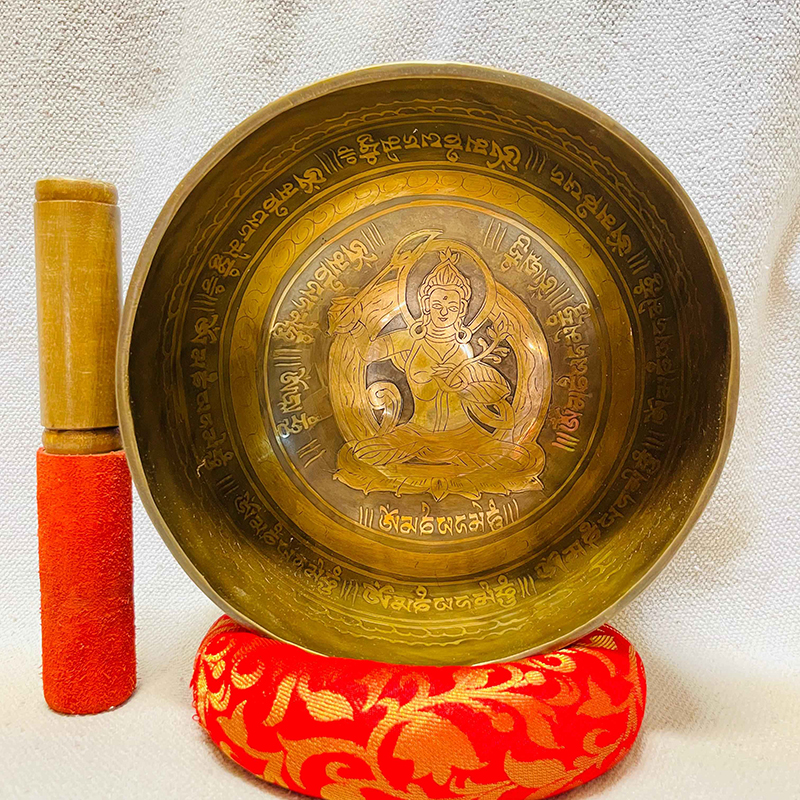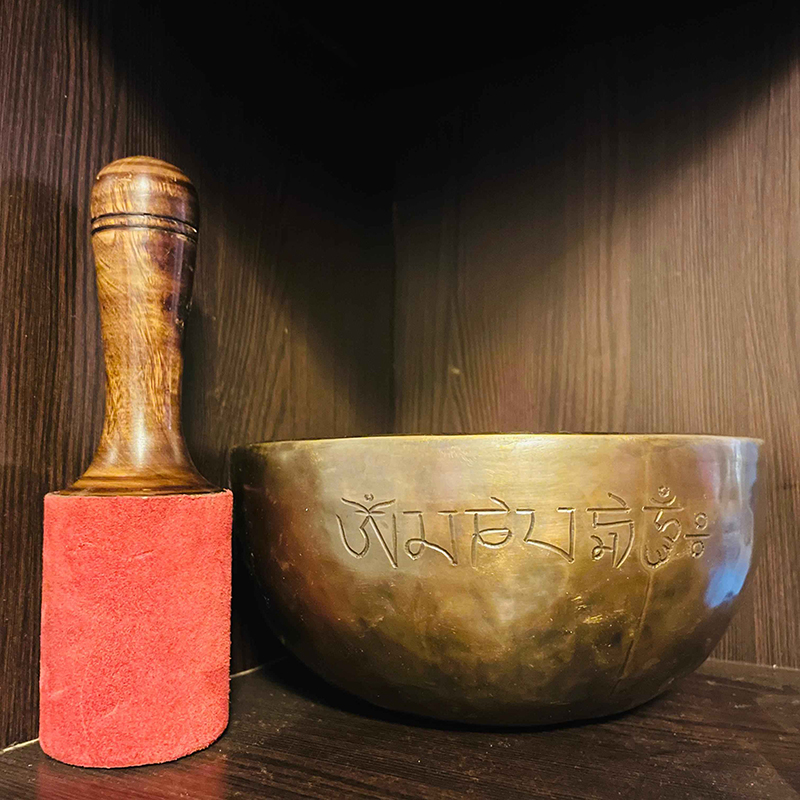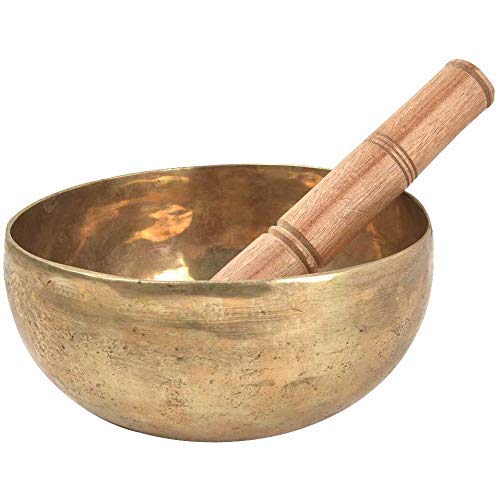Engraving Gong
Engraving Gong is a beautifully crafted gong featuring intricate engravings that not only enhance its visual appeal but also contribute to its rich, resonant sound. Often used in spiritual, ceremonial, and meditation practices, this gong produces a dRead More
-
Type:
Gong
-
Material:
Bronze, Brass
-
Shape:
Circular
-
Design:
Engraved Or Painted Flower
Product FAQs
-
What is an Engraving Gong?
An engraving gong is a type of gong that features intricate, detailed engravings or carvings on its surface. These engravings can depict various spiritual symbols, images, or patterns, often inspired by cultural or religious art forms. Gongs are traditionally used in sound therapy, meditation, and ritualistic practices, and the engravings add a layer of symbolism and aesthetic value to the gong.
-
What is the Purpose of Engraving on a Gong?
The engraving on a gong can serve multiple purposes: Spiritual significance: Engravings often depict sacred symbols like the Om symbol, lotus flowers, or mandalas, which hold deep spiritual meanings. Aesthetic appeal: The detailed designs enhance the gong’s visual attractiveness, making it a beautiful art piece. Sound resonance: The engravings can also impact the gong's vibration and sound quality, as the etchings may alter the way sound waves propagate across the surface.
-
How is an Engraving Gong Made?
Engraving gongs are typically created by crafting the gong from a metal alloy, usually bronze, brass, or copper. Once the gong's base shape is formed, skilled artisans engrave or carve intricate patterns or symbols onto the surface using various tools. These gongs are often hand-crafted, making each one unique. The engraving process is done meticulously to maintain the gong’s tone and resonance.
-
What Are the Benefits of Using an Engraving Gong ?
Healing properties: The gong's sound, combined with its engravings, is used for sound therapy to clear negative energy and promote emotional and physical healing. Meditation: The sound produced by the gong helps deepen meditation practices and increase focus. Spiritual connection: The engravings, often depicting sacred symbols, help create a spiritual atmosphere and enhance rituals or prayers. Calming effect: The deep, resonant sound can help calm the mind and induce relaxation.
-
What Materials Are Used to Make Engraving Gongs?
Engraving gongs are typically made from metal alloys, including: Bronze: Known for its rich resonance and deep tones, this is the most common material used for gongs. Brass: Offers a slightly sharper, clearer sound compared to bronze, while still being durable. Copper: Used for its aesthetic appeal and resonant sound, copper gongs tend to produce a softer, mellow tone. The engravings are done by hand, and the quality of the material ensures that the gong resonates harmoniously with the engraved designs.
-
How Does the Engraving Affect the Sound of the Gong?
The engraving on the gong can influence the way the gong resonates. The depth, texture, and placement of the engravings can alter the vibration of the gong’s surface, creating a slightly different sound compared to a plain, non-engraved gong. The sound produced can be more complex, with unique tonal qualities due to the way the vibrations interact with the engraved patterns.
-
How Do I Play an Engraving Gong?
Position the gong securely on a stand or hang it in a safe location. Use a mallet or striking stick to gently hit the gong, allowing it to resonate fully. The gong should be struck with a firm but controlled motion. Experiment with different areas of the gong (the center for deeper tones and the edges for higher-pitched sounds). Focus on the sound that reverberates and allow it to wash over you during meditation or relaxation. If using it for sound healing, it’s important to focus on consistent rhythm to facilitate energy alignment.
-
Where Should I Place an Engraving Gong?
Meditation space: Gongs are excellent tools for enhancing meditation, so placing it in your meditation or yoga space is ideal. Sound healing room: For sound therapy or energy work, a gong can be placed in a space dedicated to healing and restoration. Spiritual altar: Due to their spiritual symbolism, gongs are often placed near altars or shrines for use in religious or spiritual practices. Music room: For musicians or those interested in creating unique sound experiences, an engraving gong can be a valuable addition to a creative studio.
-
How Do I Care for an Engraving Gong?
Regular cleaning: Wipe the gong with a soft, dry cloth to remove dust and debris. Avoid harsh chemicals: Clean the gong gently to maintain the integrity of both the metal surface and the engraved details. Store carefully: When not in use, store the gong in a safe, dry place, away from moisture or extreme heat, which can damage the metal or affect the resonance. Polishing: If needed, use a gentle polish specifically designed for brass or bronze to maintain its shine and aesthetic appeal.
H No 112, Behind Satyam Cinema, Shivpuri, Moradabad, Uttar Pradesh-244001, India
GET DIRECTION




